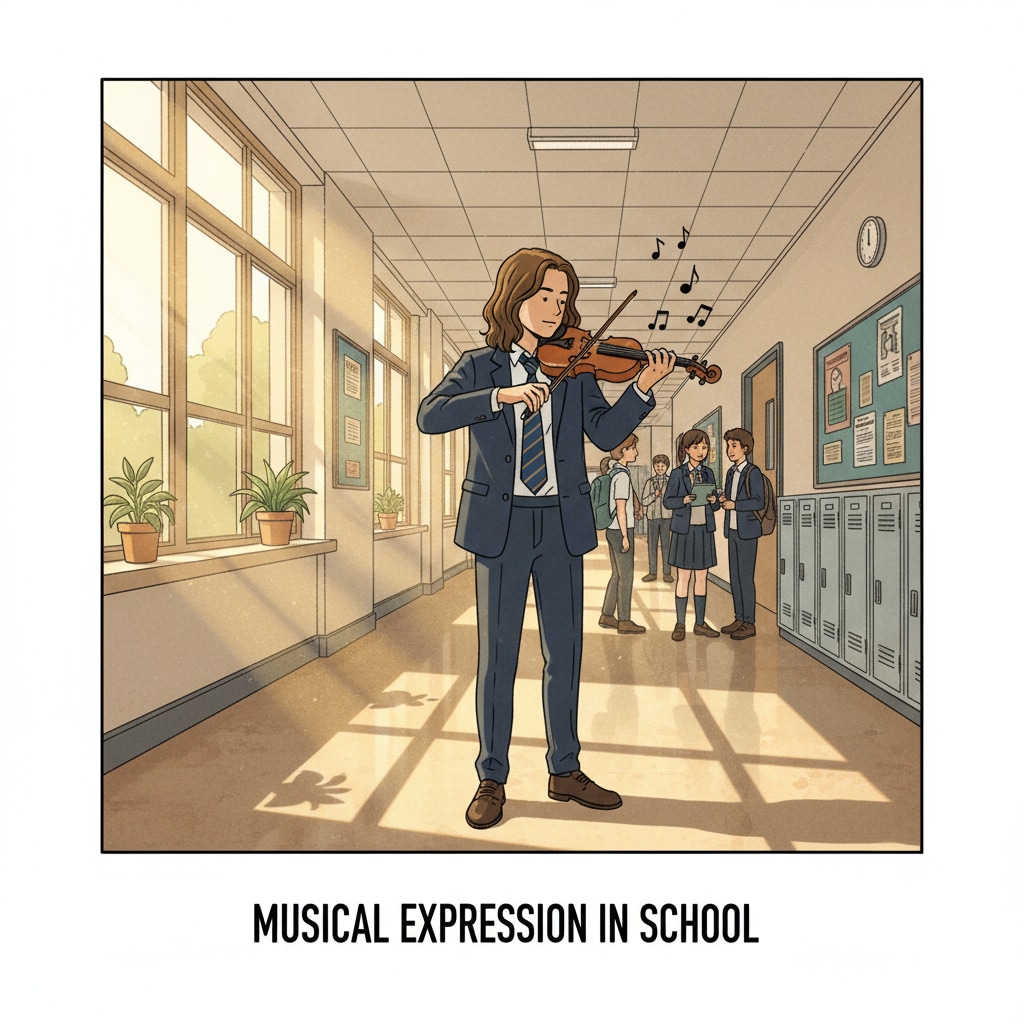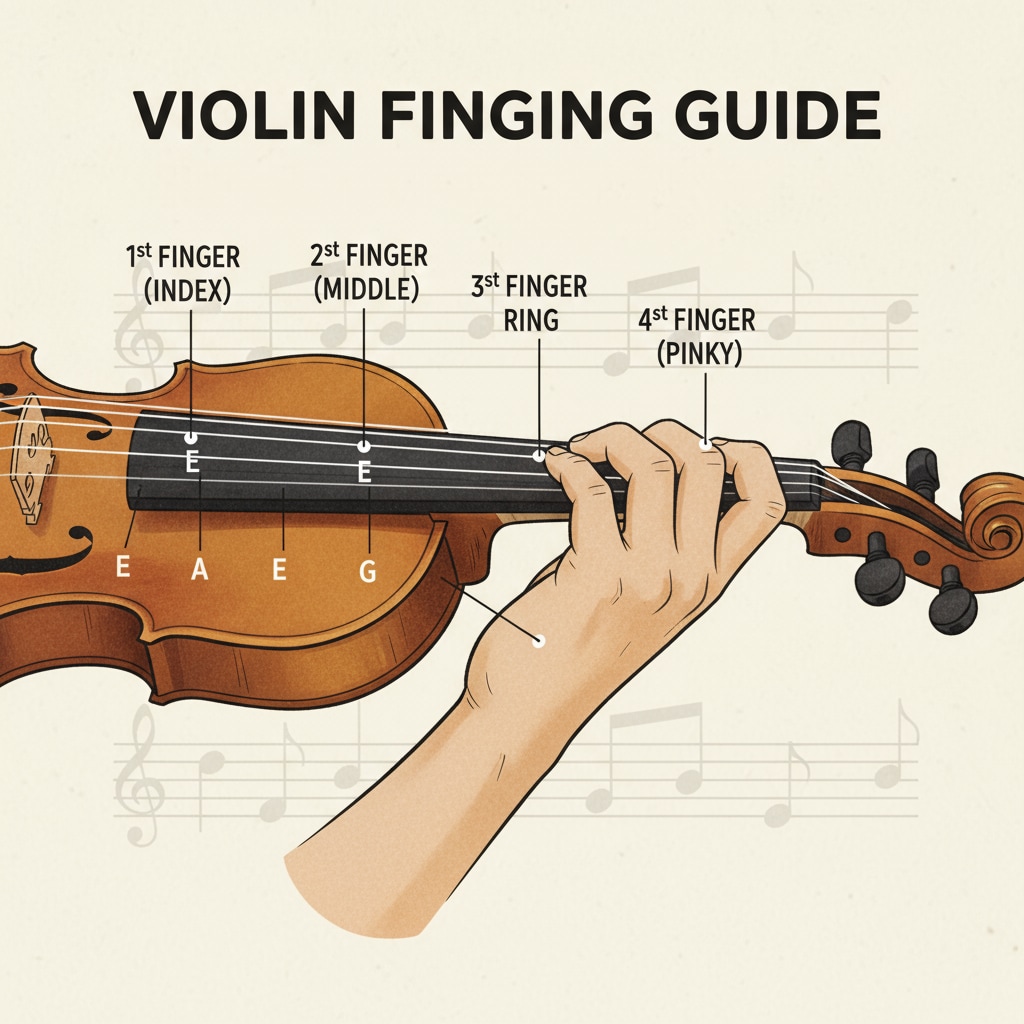Have you ever experienced a situation where the sounds of a violin were mistaken for crying? This is exactly what happened to me during my time working at school. It was a unique incident that not only highlighted the interesting similarities between violin sounds and crying but also shed light on the beauty of music education in the K12 setting.

The Mysterious Sounds
One day, as I was walking through the school corridors, I heard a series of sounds that immediately caught my attention. At first, I thought it was a student crying. The sounds were so raw and emotional, filled with what seemed like pain and distress. However, as I got closer, I realized that the source of the sounds was not a crying student but a student playing a violin.

The Power of Misinterpretation
This simple misunderstanding opened my eyes to the power of music. The violin, with its ability to produce such a wide range of emotions, had tricked my ears into believing it was a human cry. It made me think about how music can transcend language and cultural barriers, speaking directly to our emotions. According to Music education on Wikipedia, music has a profound impact on students’ development in various aspects, and this incident was a perfect example.
As I watched the student playing the violin, I could see the passion and dedication in their eyes. They were completely immersed in the music, oblivious to the fact that their playing had caused a bit of a stir. This moment made me realize how important it is for educators to create an environment where students can freely express themselves through music.
The Lesson Learned
In addition to highlighting the power of music, this misunderstanding also taught me the importance of listening and understanding. Instead of immediately assuming that the sounds were that of a crying student, I should have taken a moment to investigate further. This applies not only to such simple situations but also to our interactions with students in general. We need to listen to their stories, understand their perspectives, and not jump to conclusions.
Moreover, it also emphasized the role of music education in K12 schools. Music has the ability to cultivate creativity, empathy, and emotional intelligence in students. As educators, we should encourage students to explore different musical instruments and forms of expression, just like this student with the violin. Music education on Britannica also supports the idea that music enriches the educational experience.
In conclusion, this incident of the violin sounds being mistaken for crying was a valuable lesson. It reminded me of the magic of music and the importance of being an understanding educator. The world of music is full of surprises, and we should embrace these moments to enhance the learning and growth of our students.
Readability guidance: The story is presented in short paragraphs to improve readability. Key points are highlighted in different sections. Transition words like ‘however’, ‘in addition’ are used to make the flow smooth. The use of external links provides additional information for readers interested in learning more about music education.


